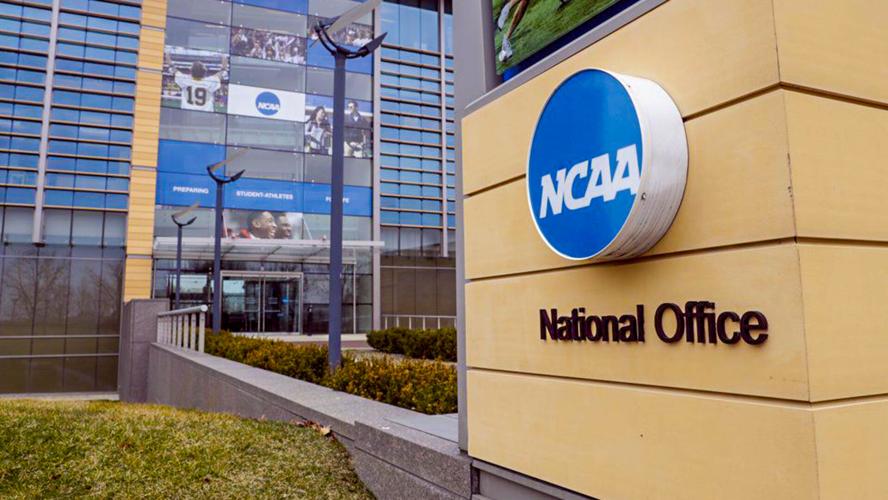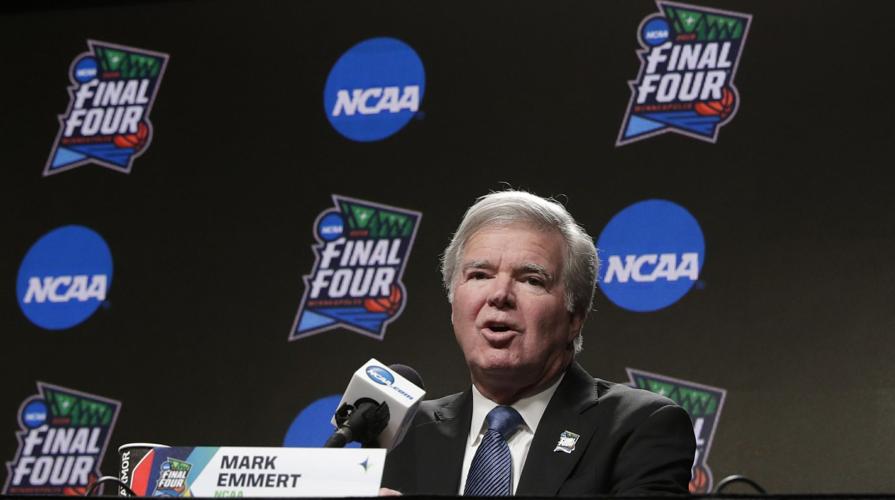LOUISVILLE, Ky. (WDRB) -- So this is how NCAA amateurism ends. Not with a bang but a Twitter. There was a time it seemed that to accomplish this, the right of players to earn money would need to be pried from the NCAA's cold, dead hands.
Instead it dropped freely at 3:25 p.m. Monday, via press release. The words: "The Division I Council voted to recommend the Division I Board of Directors adopt an interim policy that would suspend amateurism rules related to name, image and likeness."
And with that, any Division I athlete in the country, beginning July 1, may now earn money off his or her name, image and likeness as their schools and conferences, or states with NIL laws on the books, see fit.
It was, of course, a needlessly frenzied response to NIL laws in a handful of states going live on July 1. California passed the first such law in September of 2019. So that left only 21 months to get ready. And that, in NCAA time, is but a moment.
The change has been a long time coming, but still seemed to take many in college sports by surprise.
A reading, from the Second Book of Peter.
"Don't let it escape your notice, dear friends, that with the Lord a single day is like a thousand years and a thousand years are like a single day," a passage believed to be the first veiled reference to the NCAA.
Be that as it may, having seen the NIL crisis coming, the NCAA turned to Congress for a solution, which is a little like a child turning to a stuffed animal for assistance.
When, predictably, no help came, the NCAA's Division I Council did what any red-blooded American committee would do -- it dug out its white flag and handed the decision off. To schools. To conferences. To third parties.
Around the nation this Thursday morning, athletics directors and coaches and conference presidents will wake up to a world that is forever changed. And many of them will have no idea what to do.
Let the bidding commence.
If you had Wisconsin quarterback Graham Mertz as the first NCAA athlete to unveil his own trademarked logo, well, you're quite astute. And probably a pretty big Badgers fan. But there it was, on a Twitter video.
Coming soon... pic.twitter.com/XDhapgrRrr
— Graham Mertz (@GrahamMertz5) June 28, 2021
It stands as proof that not everyone has been sitting around wondering what to do in the past 21 months. Many schools say they're as ready as they can be for a plunge into the unknown.
The University of Louisville is one of those. While athletic director Vince Tyra knows "it is going to be trial and error, and it is going to be ugly," he also views it as a challenge, and as a former student athlete, sees it as an opportunity for some of Louisville's athletes. U of L, like many schools, has hired a company to help its athletes find NIL opportunities, and learn how to handle them. Unlike many, it also has set up a legal clinic for athletes (and all students) using law students and professors, and it has added an actual class, called Name, Image and Likeness Issues to its sports administration curriculum.
What Tyra has that the NCAA leadership seems to have lacked recently is basic business acumen. While the university presidents on the NCAA's board of governors have sat by and seemed to hope they could remember their Charlemagne, they not only did not act decisively, boldly, or shrewdly, but did not act at all.
Strangely enough, in this case, they might've stumbled into doing the best thing they could do. The direct, straightforward "interim" policy is probably as good as they could've drawn up. It turns the NIL landscape in most of the country into the Wild West, but it'll be up to someone else to clean up that mess. It is, at least, now off the desk of the NCAA, and with one more vote, will be in the laps of the NCAA's Division I membership.
The new rules will be made by universities, conferences and state legislatures.
If this were the extent of player compensation moving forward, it would be a huge victory for the NCAA. The payments athletes get come from outside the NCAA structure. There might be some drain of sponsorship dollars from schools to athletes, but nothing that would create more than a dent in the college sports machine.
Of course, this is not the end. There are significant legal questions ahead. Will athletes be allowed to use the school's name and mascot marks in their commercial enterprises? At smaller schools that want more visibility, the answer is probably yes. At larger schools whose name carries more value, the answer is sure to be no. Thus, in Louisville, you could see Bellarmine players allowed to use the school marks in their NIL ventures, while at U of L, they won't be.
Much remains to be worked out, most significantly, what happens to dollars that universities themselves are making off athlete name, image, and likeness? One of the first lawsuits sure to be filed will be on behalf of athletes whose jersey numbers are big sellers for schools. Add to that a test from athletes suing conferences for a piece of the television contract pie. Everything broadcast on the SEC, ACC and Big Ten Networks carries names, images, and likenesses of players. Is the revenue sharing to conference schools and the trickle-down benefits to players enough, or should there be more?
Regardless, the message from a U.S. Supreme Court decision in Alston v. NCAA is clear -- the NCAA likely will be judged more like normal American businesses are judged in the courts from here on. It means that the organization needs to shift away from the amateurism model it has enforced with an iron fist since its founding in 1905.
The more the NCAA operated like a business itself, the more inevitable this day became. Conferences turned into TV Networks. Universities contracted with sponsors and increasingly commercialized. Every TV deal, every 10 p.m. school-night tipoff, brought this day closer. When you ceased to be allowed to carry a simple drink to press row during the NCAA Tournament, but had to carry an NCAA-logo cup, just how much attention to money-making detail the NCAA had became evident.
But when it came to the legal ramifications of its way of doing business, the details were more difficult for the NCAA to detect. It turns out, you can't act like a business without becoming one.
As a result, you can write the obituary for Division I college sports amateurism, age 116, dead of natural causes after a long battle with institutional greed.
It is survived by its parent, the NCAA. But for how long, who can say? In lieu of flowers, send donations to college athletes' Name, Image, and Likeness enterprises.
No services are planned.
Copyright 2021 WDRB Media. All Rights Reserved.
















